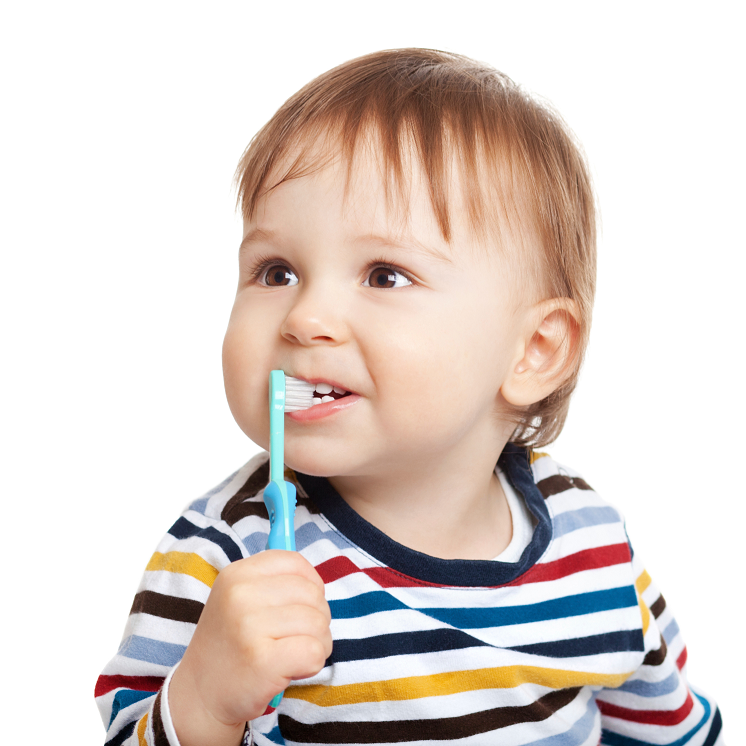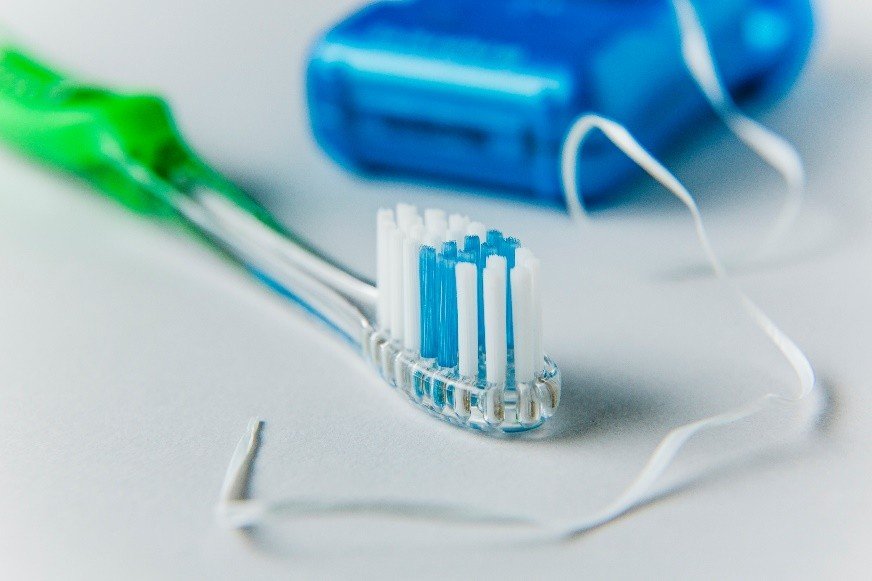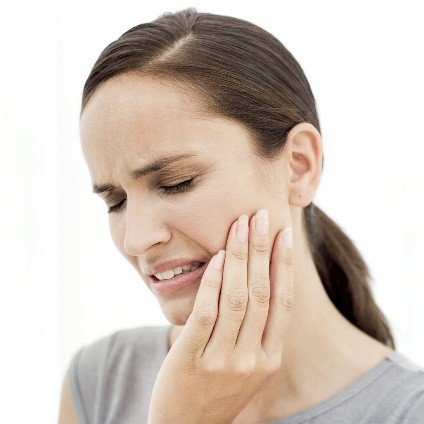When Should I Take My Child to the Dentist for the First Time?
It is generally recommended that a child be seen by a dentist by the age of 1 or within 6 months after his or her first tooth comes in. at a young age is the best way to prevent problems such as tooth decay, and can help parents learn how to clean their child’s teeth and identify his or her fluoride needs. After all, decay can occur as soon as teeth appear. Bringing your child to the dentist early often leads to a lifetime of good oral care habits and acclimates your child to the dental office, thereby reducing anxiety and fear, which will make for plenty of stress-free visits in the future.
What will happen in the first visit?
Many first visits are nothing more than introductory icebreakers to acquaint your child with the dentist and the practice. Short, successive visits are meant to build the child’s trust in the dentist and the dental office, and can prove invaluable if your child needs to be treated later for any dental problem.
If the child is compliant, the first session often lasts between 15 and 30 minutes and may include the following, depending on age:
-
A gentle but thorough examination of the teeth, jaw, bite, gums and oral tissues to monitor growth and development and observe any problem areas
-
If indicated, a gentle cleaning, which includes polishing teeth and removing any plaque, tartar buildup or stains
-
X-rays
-
A demonstration on proper home cleaning
-
Assessment of the need for fluoride










